How to Repair Micro SD Card Not Detected in Windows/Android?
- Home
- Support
- Tips Data Recovery
- Tips-SD-card-recovery
- How to Repair Micro SD Card Not Detected in Windows/Android?
Summary
Learn how to repair micro SD card that is not detected or readable by Windows or Android devices in this informative article.
Table of contents
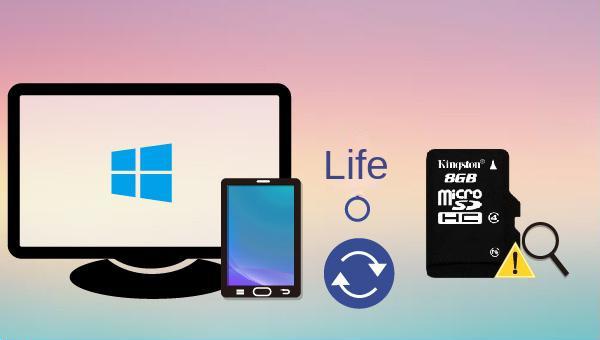

Easy to use Recover data by 3 steps;
Multiple scan modes Fast partition scan, whole partition scan and whole disk scan;
Supported file types Image, video, audio, text, email and so on;
Image creation Create a partition image to read and back up data;
Supported devices SD card, SDHC, SDXC, USB flash drive, hard disk and computer.
Easy to use Recover data by 3 steps;
Multiple scan modes Fast partition/whole partition/whole disk scan;
Supported devices SD card/USB/hard disk.
Free TrialFree TrialFree Trial 800 people have downloaded!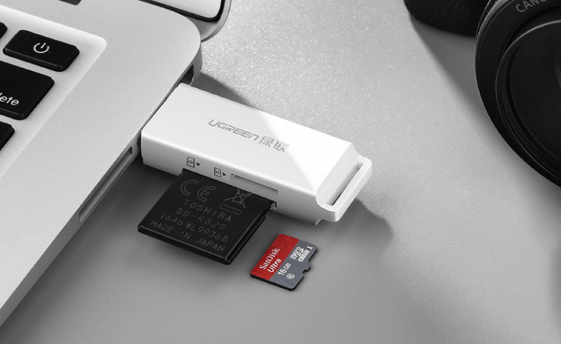
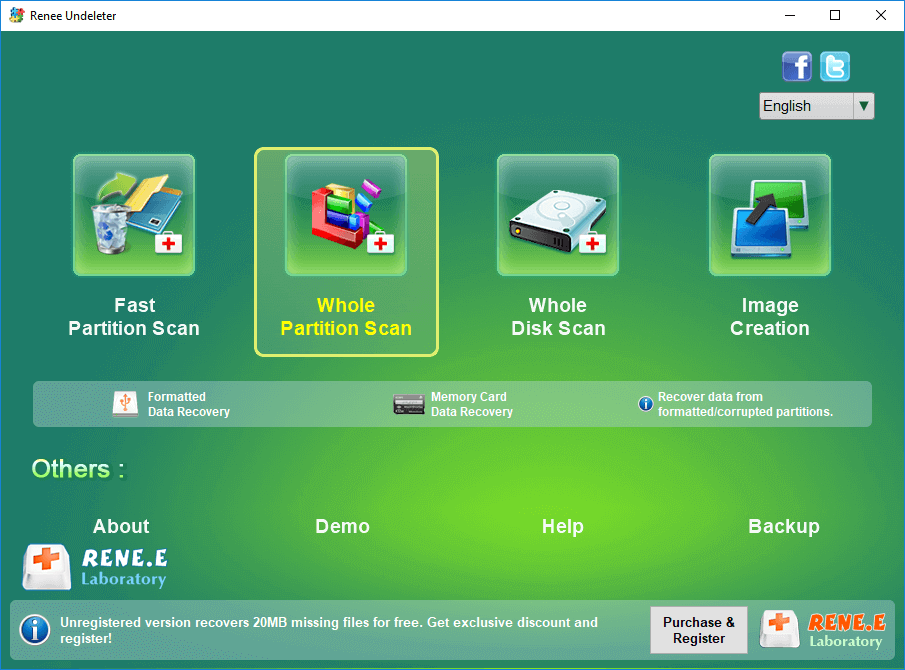
- Fast Partition Scan – Retrieve files lost due to accidental deletion or emptying the recycle bin.
- Whole Partition Scan – Recover files from inaccessible or formatted partitions.
- Whole Disk Scan – Analyze partition information and perform a full partition scan.
- Image Creation – Create image to back up the current partition state.
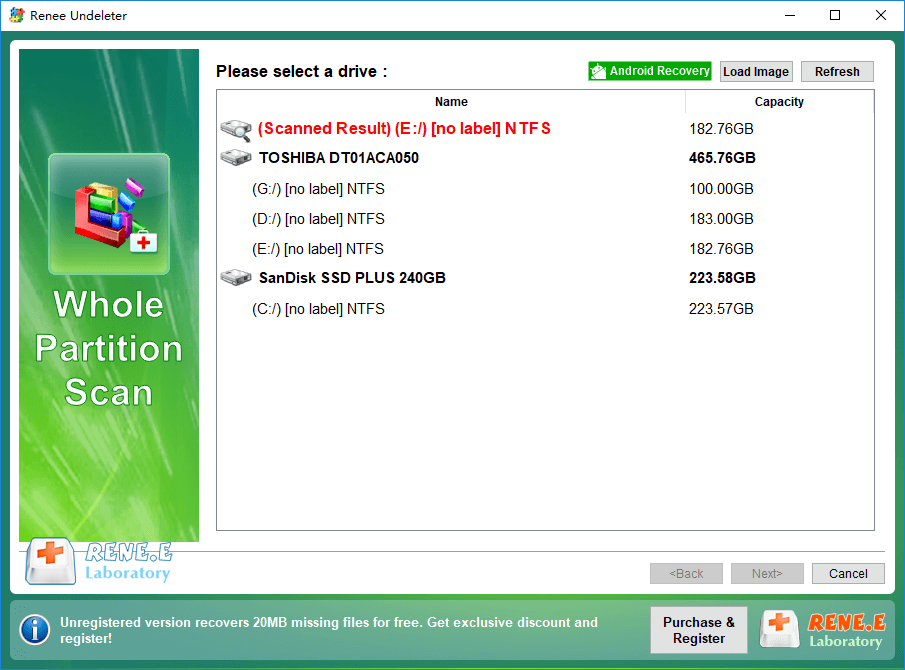
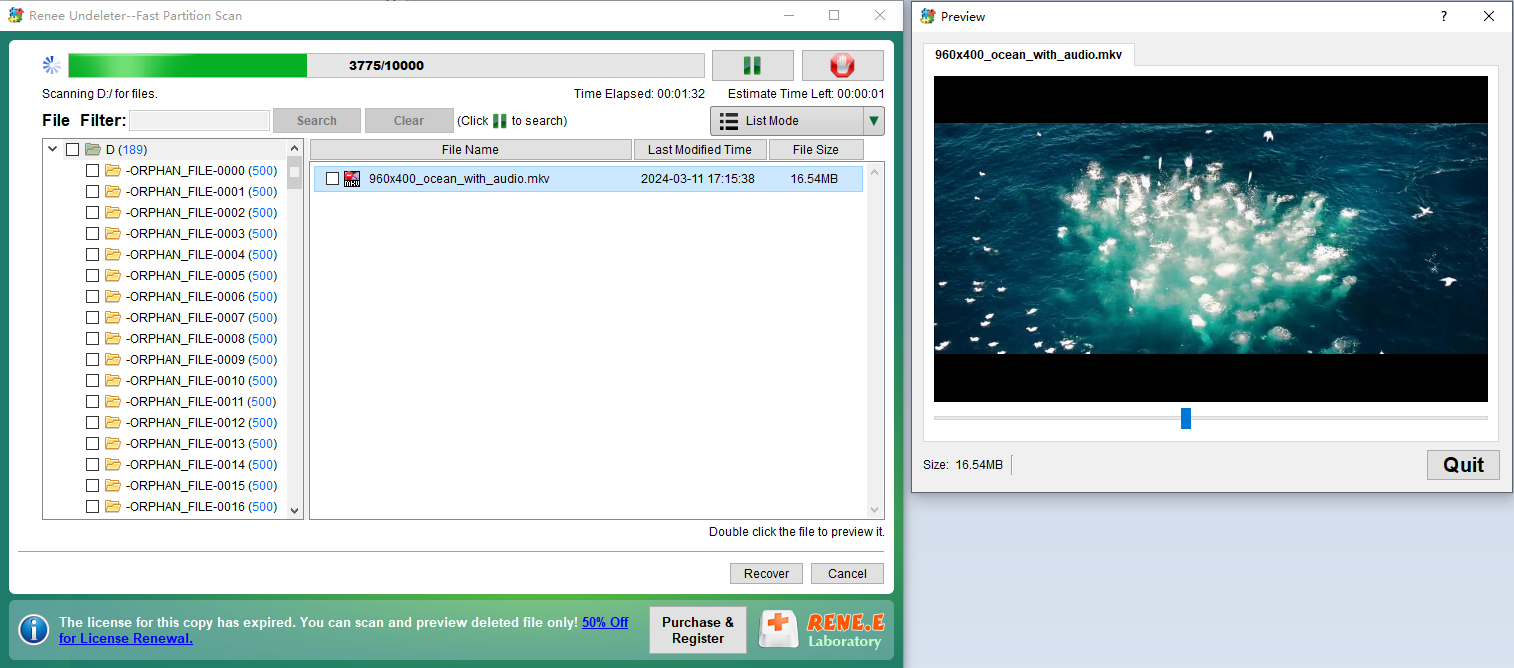
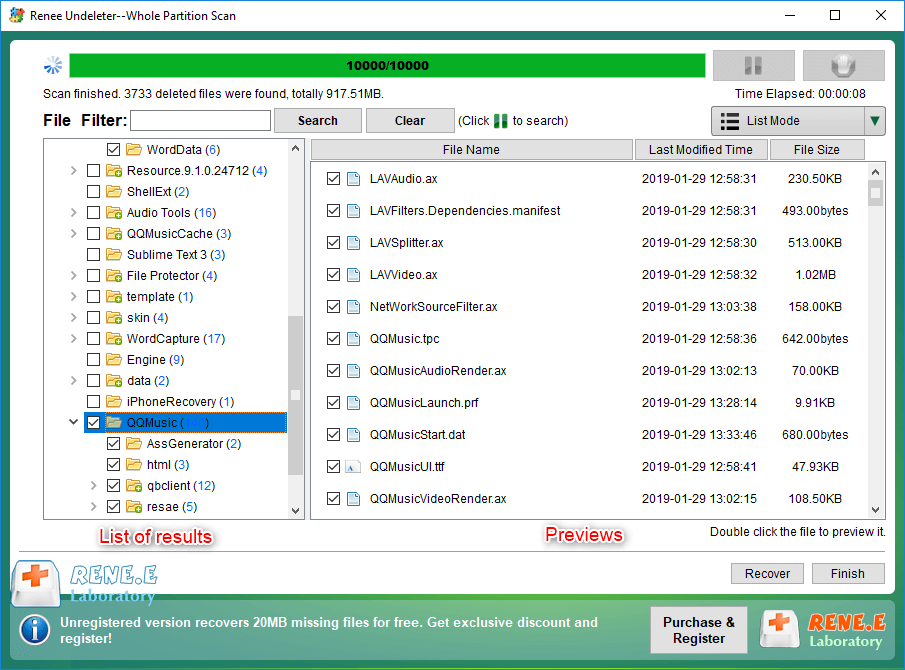
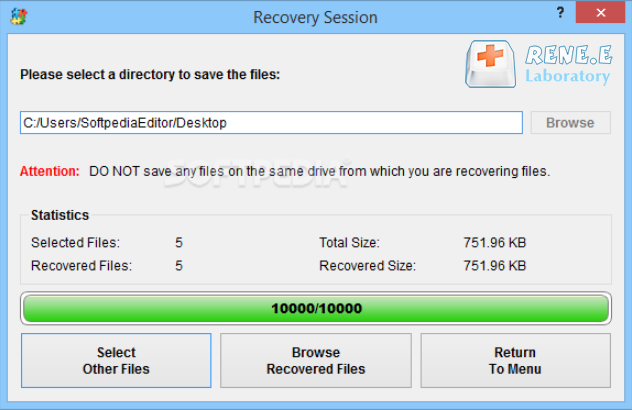
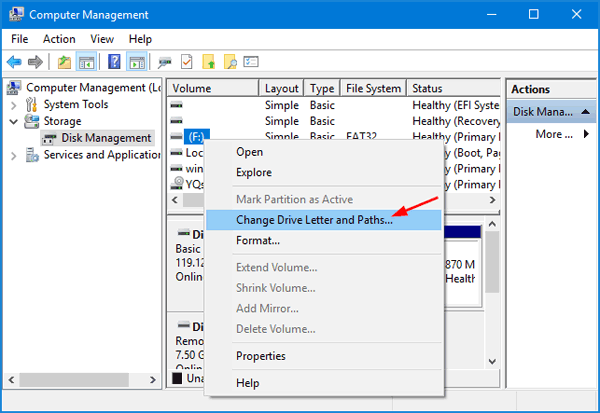
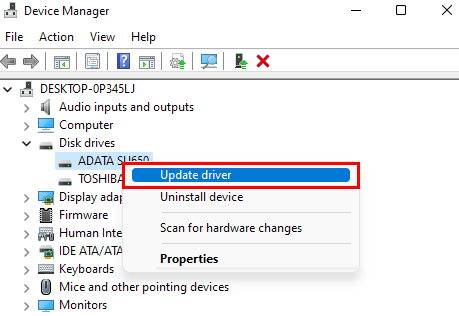
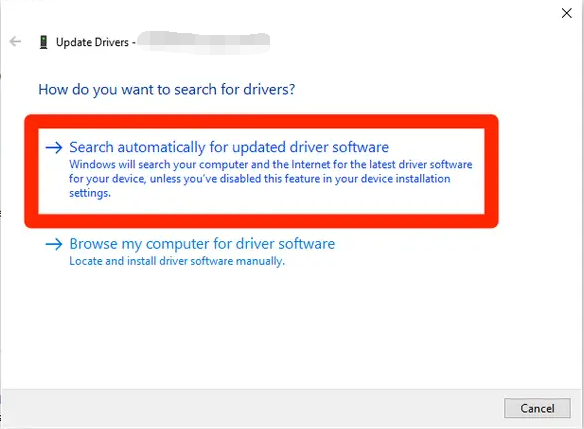
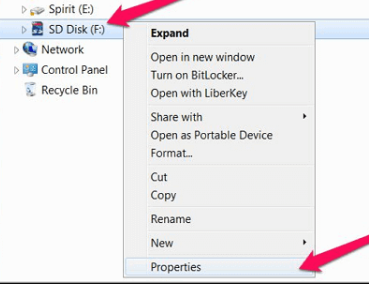
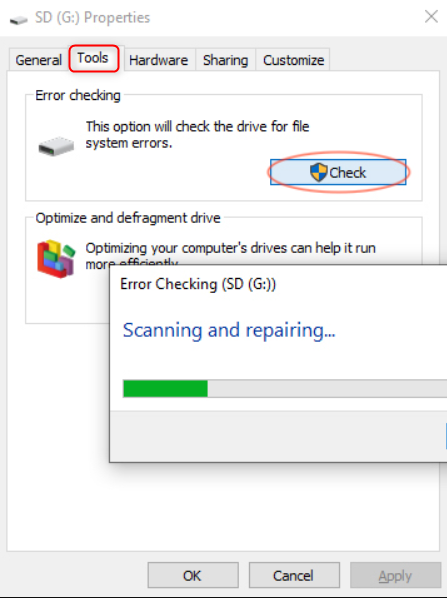
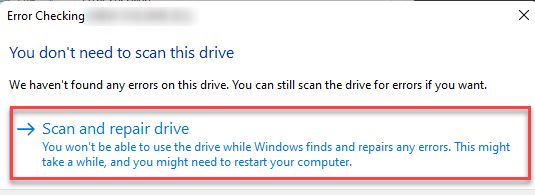
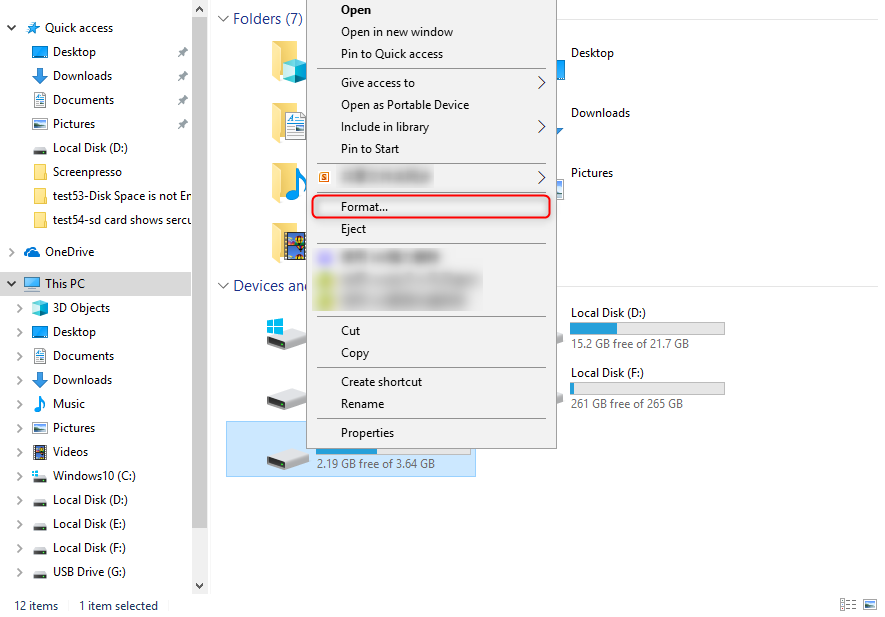
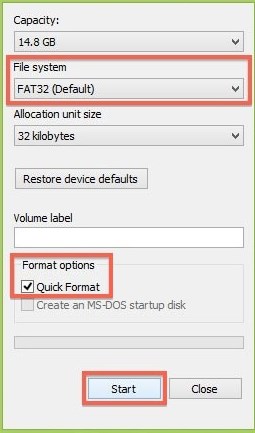

chkdsk H: /f (H: is the Micro SD card’s drive letter, /f is the repair parameter), and press Enter. The repair duration depends on the damage severity and storage size. Exit Command Prompt when complete.Relate Links :
Ultimate Guide for Data Recovery from RAW SD Card
11-04-2024
Ashley S. Miller : Discover effective strategies to retrieve data from a RAW SD card and return it to a functional condition...
Revive Lost Data: Best SD Card Recovery Software Mac
03-01-2024
Jennifer Thatcher : Learn about the top 5 SD card recovery software mac to retrieve lost data efficiently. Don't lose precious...
Easy Guide to Recover Deleted Files from SDHC Card
11-04-2024
John Weaver : Easily retrieve lost files from your SDHC card using our straightforward recovery guide. Salvage your precious data quickly,...
Expert Tips to Recover Data from SDXC Card
11-04-2024
Amanda J. Brook : Master the essentials of SDXC card data recovery and safeguard your crucial information with effective prevention strategies against...




